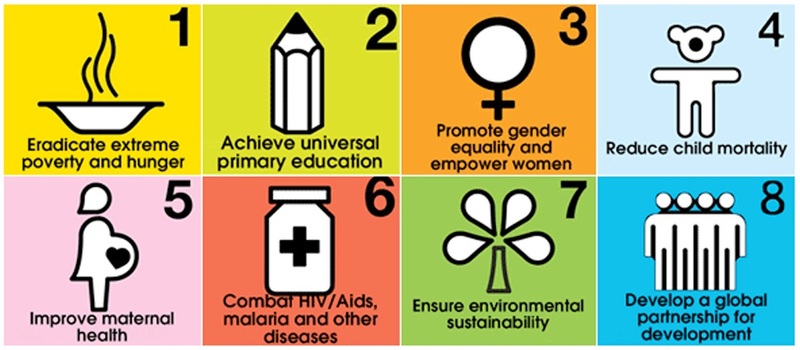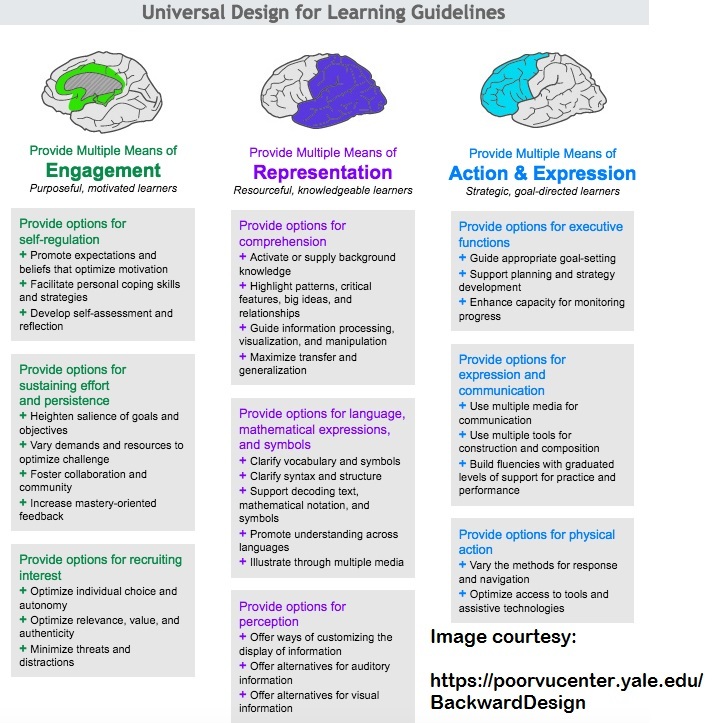Multimodal Literacies MOOC’s Updates
Apt literacies strategies for the economically disadvantaged children: Essential Update #8
Make an update of 300 words or more: Take one dimension of learner differences. What are the most appropriate literacies strategies to address this dimension of difference?
The dimension I am taking for this assignment is material differences. Socially disadvantaged children are face malnutrition. Here the focus is on literacy strategies. Ideas mentioned below will work if the basic physiological needs are taken care of by Government or NGO’s (Maslow’s theory of needs). From this point, we will focus on the positives of the child and slowly get them out of their low self-esteem, intellectual inhibition etc. The parents role is very important at home for these children before the teacher attempt to make the child literate.
As mentioned by course instructors, there many complexities involved when we try to categorize learner indifferences. Alternately, he suggested these in the course material: The idea of design, multimodality, knowledge processes, alternate navigation paths and create learning environment of productive diversity. I will use these to link it to appropriate literacies strategies for socially disadvantaged children.
- Instead of enforcing them to do standard assignments, we will hand over the templates (picture templates or story writing templates or essay templates – Existing designs) and ask the child to do further designing based on what she wants to voice from his/her feelings and then she would be able to submit the redesigned version which will be cumulatively useful for her and society too.As the child matures, this kind of practice will lead to social healing.
- Multimodal literature is kind of analogous to the Gardner’s multiple intelligence theory.Here we need to identify the disadvantaged child’s key potential areas and give guided assignments in that area.For example, music, math and intrapersonal skills are usually one group.If we expect the child to be in that zone, we will rely on that base and construct the core as well as peripheral knowledge.
- Knowledge processes include experiential learning where the economically disadvantaged child is asked to write what she knows and then he/she is taken out to a real life scenario where she will experience, conceptualize, reflect and make updates to the writing/knowledge.
- Alternate navigation paths are possible easily with the aid of technology and concepts like the Universal Design for learning where the teacher can few multiple course tracks by grouping children.They get opportunities to be engaged in many ways.The teacher can represent course content in many ways of which some styles could strike with and be coherent with the child’s way of learning.There are multiple ways the child could express her literature in viz. audio, video, symbols, text, gestural etc.With multiple tracks of the course it gives scope for diagnosis and remedial lessons without the child noticing it or feeling guilt for.
- Project methods (Kilpatrick) generally make use of diversity abilities of children.The disadvantaged kid could be put in a project group with a normal child, gifted child who have different abilities and together they can learn and build knowledge.
Through all these strategies the child’s self esteem will be boosted and knowledge base will also be built strong.
Bibliography:
Umme K Khattak, Saima P Iqbal, Haider Ghazanfar,. (2017). The Role of Parents' Literacy in Malnutrition of Children Under the Age of Five Years in a Semi-Urban Community of Pakistan: A Case-Control Study, Cureus. 9(6): e1316.




